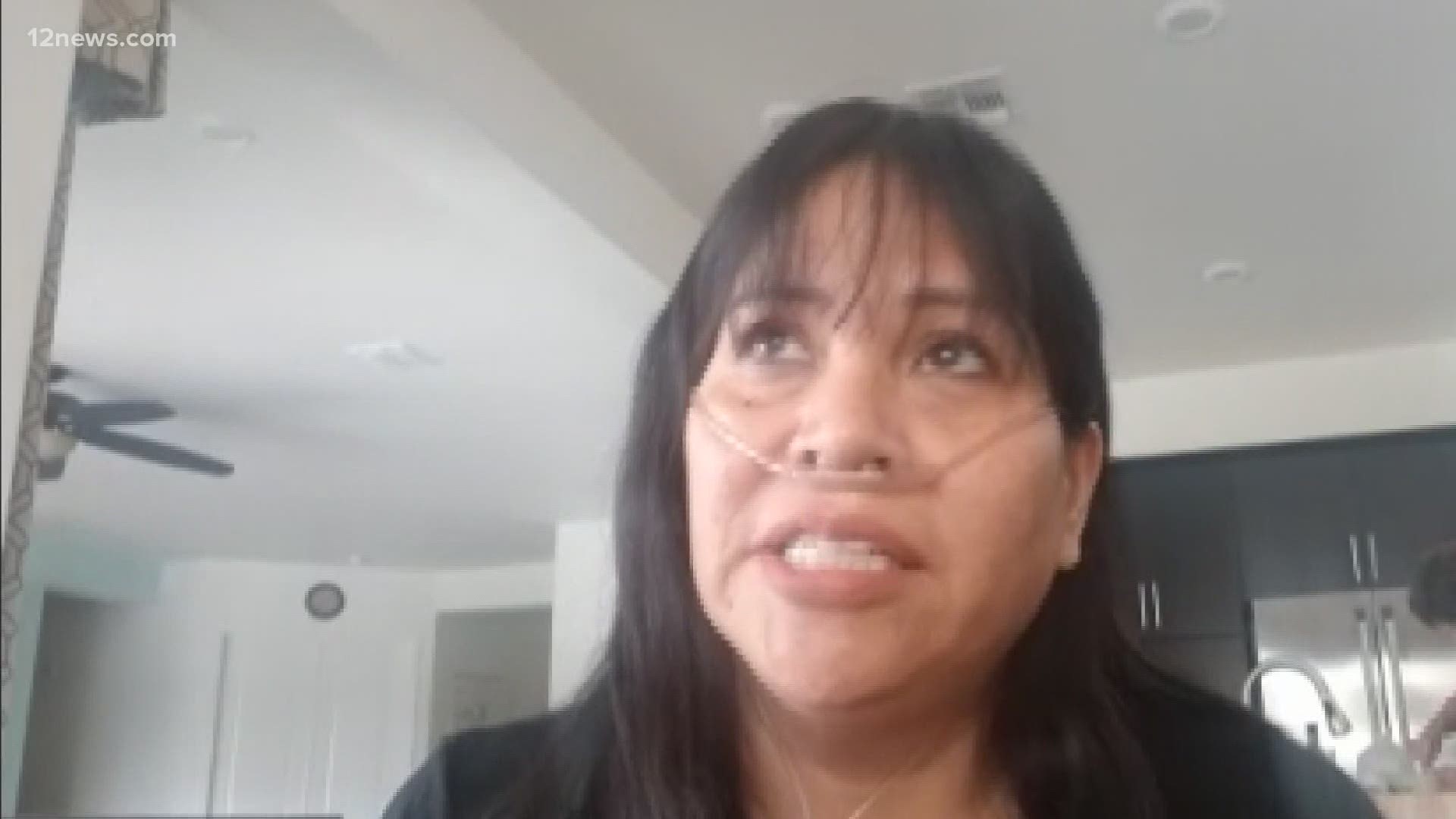PHOENIX — A union of TGen and the state’s top universities have found around 90% of all COVID-19 cases go back to a single strain of the virus.
Arizona COVID-19 Genomics Union (ACGU) has looked at thousands of samples since the pandemic began to try and get a better molecular understanding of the virus.
The hope is a history of the virus can tell us where the infection is coming from and where it may be going.
ACGU scientists look at small changes or mutations in the virus’ RNA to track the spread of the virus. Their mutations are natural and can happen often.
By comparing mutations observed in Arizona to those present in strains circulating across the globe, they can determine when and from where the virus has been introduced in the state.
Think of it as creating a family tree but for a virus.
“Without doing the genomic analysis, we are flying blind,” Dr. David Engelthaler, director of TGen North in Flagstaff, said.
The goal is to create a clearer picture and to understand why certain strains of COVID-19 spread rapidly while others fizzled.
In short, it's survival of the fittest, but instead of involving animals, doctors are focused on pathogens.
Like with the evolution of animals and plants, mutations in a species can provide an evolutionary advantage allowing them to become dominant.
Viruses are no different, except their mutation process is much more rapid.
At the beginning of this pandemic, members of the ACGU found 80% of cases were decedents of 11 different strain lineages of COVID-19.
The union found some of those lineages, especially those with their roots in China or the West Coast, struggled to spread.
Instead, it was the strain with roots from Europe responsible for the rapid spread of the virus. Engelthaler pointing to an advantageous mutation.
“Kinda referring to this mutation as potentially the mutation that made the pandemic,” he explained.
Engelthaler said the mutation is on the little "spikes" on the outside of the virus, which allows the virus to have an easier time reacting with human cells and spread more rapidly.
China or West Coast-based strains did not have this advantageous mutation and fizzled.
Since the mutation, Endelthaler said the strain has become dominant. More than 90% of all cases of COVID-19 have its roots from its mutated European ancestor.
Creating this family tree for the virus has another very important benefit: doctors can predict when the next mutation may occur.
“What we are able to do is put a molecular clock on this virus,” Endelthaler said.
What the union found was this strain of COVID-19 mutates on average about every two weeks. That may sound fast, but for the type of virus COVID-19 is, that is actually pretty slow.
“Once every couple of weeks means we can monitor and watch every one of these mutations,” Endelthaler said.
There is other good news. Mutations can go in almost any direction. Many don't make any effect whatsoever.
Endelthaler said it is very unlikely that the virus will get more deadly. He said coronavirus normally mutate in a way that helps them spread more. Killing the host is not beneficial.
The hope is by understanding this enemy we are fighting, we will be able to make better policy decisions and make better vaccines as we try as a human race to overcome this pandemic.


